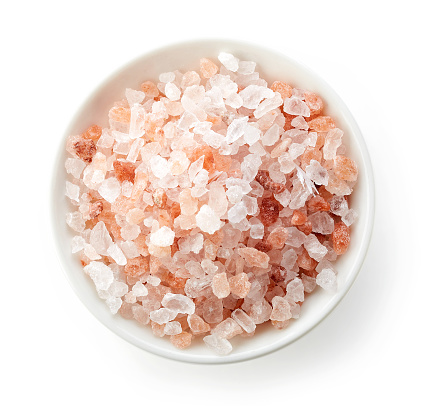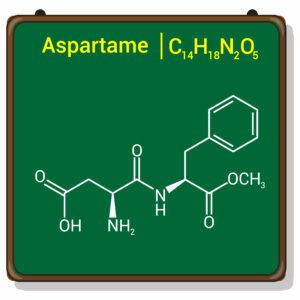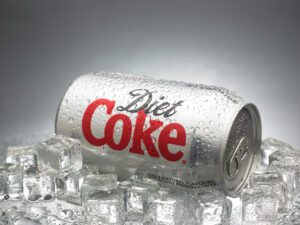
When I showed my mom pink Himalayan salt, she immediately thought that it had been dyed. “How can that be healthier for you if it’s been colored,” she said.
As you walk through the grocery aisles, you’ll often notice an array of low-salt or reduced salt options. There is a clear demand for healthier options, yet we’re lacking products made with pink Himalayan salt. Yes, this salt is pink in color and that’s not the only difference.
Where Does Pink Salt Come From?
Unlike many foods in our modern society, pink Himalayan salt is not dyed. This natural salt is sourced from the Himalayan mountain range, stretching across Asia. When this mountain range is mentioned, most people automatically think of Mount Everest, the tallest peak on the planet.
Although Everest is a remarkable geographical landmark, this range offers us something in which is much more beneficial – pink salt. Rich in red, pink, and white hues, this coloration reflects this salt’s high mineral content, specifically iron.
Millions of years ago, sea salt beds which are located deep in the Himalaya’s were completely covered by lava. Based on this lava blanket and the conditions year round, this salt is said to be the purest on earth, shielded from modern-day pollution. Today, it’s mined and distributed for mainly culinary purposes.
The Benefits of Pink Himalayan Salt
Just as many plant-based foods offer a range of vitamins and minerals, pink Himalayan salt was formed naturally, the minerals in this salt work in synergy. Meaning, they interact and work together, producing a greater effect than the individual effects of each mineral.
Unlike iodized salt, natural salts are rich in iodine, not needing to be artificially enhanced. Other than yielding less sodium per serving, pink Himalayan salt contains far more minerals and elements in comparison to table salt.
Made of approximately 85 percent sodium chloride and 15 percent other trace minerals, this salt provides sulphate, calcium, potassium, magnesium, bicarbonate, fluoride, borate, bromide, and strontium. Based on the high concentration of these minerals, pink Himalayan salt can:
There are also various sea salt options, so what’s the difference? Technically speaking, pink salts are sea salts which are situated in the Himalayan mountains. All salt comes from a salted body of water, however, this salt is said to be the purest on the planet. Other sea salt options have not been protected throughout the years.
Why Not Purchase Table Salt?
Other than the key benefits of Himalayan salt, you should avoid table salt based on the way in which it’s processed. Refined table salt has been stripped of all its minerals with the exception of sodium and chloride. That’s not even the worst part, as it’s also chemically bleached and heated to extreme temperatures. United States law allows up to 2 percent of the salt volume to be harmful additives.
How to Use Pink Salt
There are many uses for pink salt, allowing you to benefit in a number of ways. Some of the most common and beneficial uses include:
Toss out your table salt – don’t be shy to invite this mineral-rich ingredient into your home.
Source: Fitlife TV

A new study suggests that a widely used sugar substitute found in diet sodas, chewing gum, and low-sugar yogurt may elevate insulin levels. This could increase the long-term risk of heart disease. “Artificial sweeteners have infiltrated nearly all types of food, making it crucial to understand their long-term health effects,” said Yihai Cao, senior author […]

Diet Coke has long been a fan-favorite among soda lovers who want a fizzy, guilt-free alternative to traditional soft drinks. While its zero-calorie, zero-sugar label makes it seem like a healthier option, the reality is far more concerning. Despite its undeniable popularity, Diet Coke’s nutritional profile has raised red flags among health experts for years. […]

New study shows that embracing an anti-inflammatory, plant-forward diet can support cognitive function and help reduce the risk of dementia. What You Eat Shapes Your Brain The food you eat doesn’t just impact your body—it also affects your brain. Research suggests that eating an anti-inflammatory, plant-based diet can help improve memory, focus, and overall brain […]